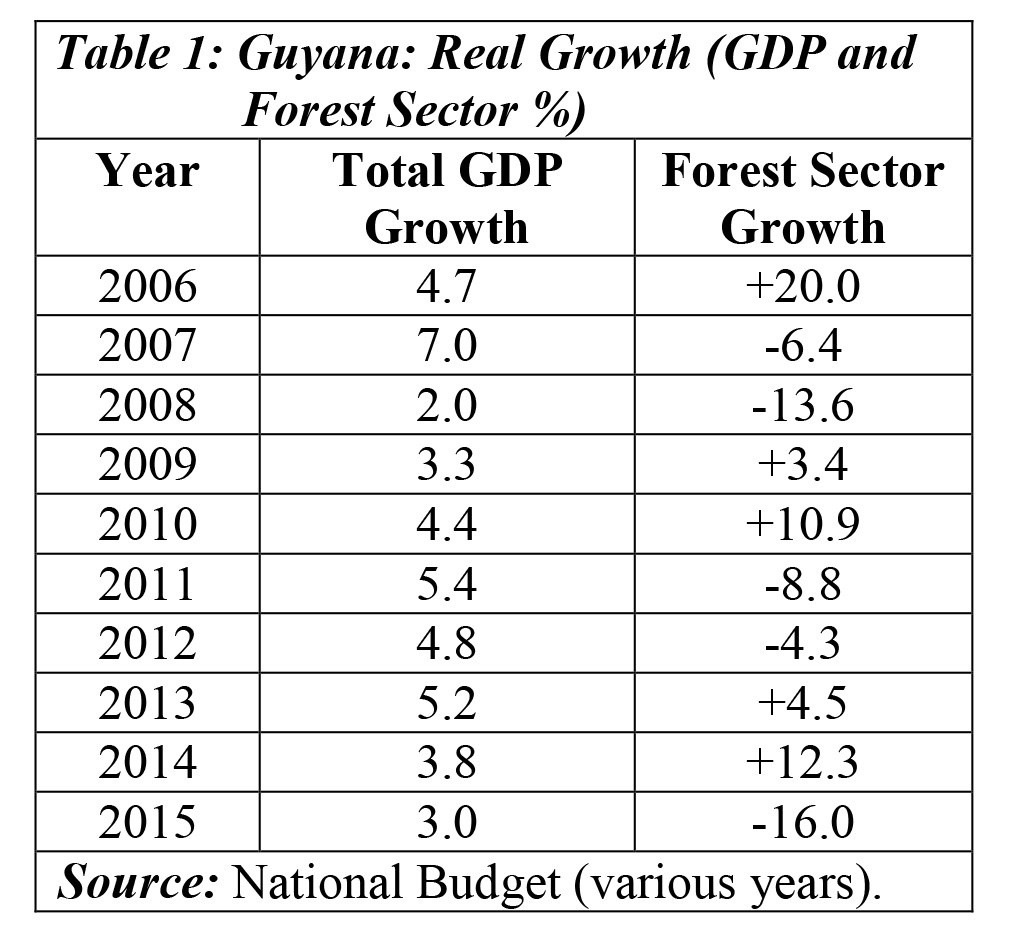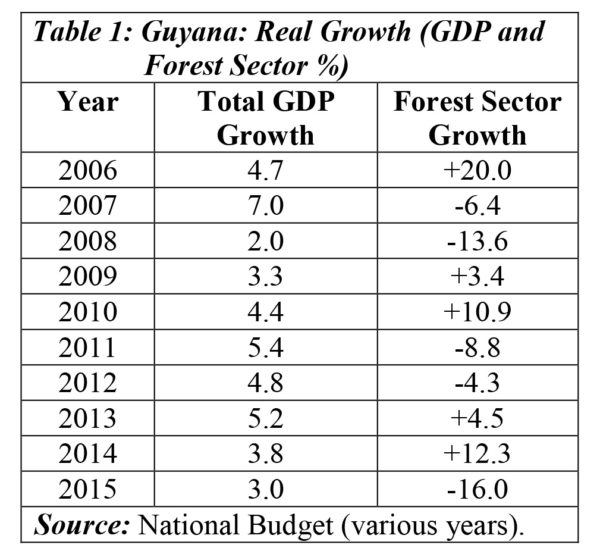Introduction
At present, several prominent geographers and forest analysts give strong support to the forest transition hypothesis, which I have been evaluating in recent weeks. These scholars share common views on social and historical change. These in essence, focus on a unilinear assessment of social and cultural evolution. For this reason, I have earlier suggested the forest transition hypothesis sits comfortably with notions such as the Kuznets curve in economics, the environmental Kuznets curve (EKC) of modern environmental studies, and the older notions of demographic transition in population studies.
 Readers would recall, the Kuznets curve postulates a situation in where, as economies grow and develop (that is, their real per capita GDP increases) the intensity of income inequality (that is, as measured by their Gini Coefficients) change along with this economic growth. Specifically, the coefficient first increases, then peaks, and later decreases, giving rise to the famous U-shaped curve, now well-known by social theorists in all disciplines, as the Kuznets curve.
Readers would recall, the Kuznets curve postulates a situation in where, as economies grow and develop (that is, their real per capita GDP increases) the intensity of income inequality (that is, as measured by their Gini Coefficients) change along with this economic growth. Specifically, the coefficient first increases, then peaks, and later decreases, giving rise to the famous U-shaped curve, now well-known by social theorists in all disciplines, as the Kuznets curve.
The Kuznets curve once again
As previously indicated, this curve represents the intensity of income inequality (measured on the y-axis), over the timeline of a country’s economic growth and development (measured on the x-axis). When put this way, this turns out to be the identical logic at the heart of the forest transition hypothesis. Instead of the intensity of income inequality, plotted on the y-axis against economic growth and development plotted on the x-axis, the former is replaced with the extent of the remaining forest cover.
Social theorizing of this sort draws on historical studies, which it is claimed, demonstrates distinctive regularities as having occurred across a broad array of countries and regions. However, moving from such observed regular historical occurrences and their suggestive generalizations to arrive at a confident predictor of future developments in any given forested country, is an enormous methodological leap that cannot be scientifically justified.
Perhaps more significantly, readers should consider that, from a methodological standpoint, this unilinear view of driven and determined historical and social processes ignores the fact that, when all is said and done, societal outcomes are frequently, if not always, affected by people’s behaviour. Such behaviour can be contradictory, consensual, conflictual, individual, or group-oriented but, whichever it is, in every instance such behaviour is always dynamic and dialectical.
Centuries vs Decades
Thus the hypothetical question may be posed: does the forest transition theory support the view that reducing Guyana’s net forest loss is ‘uniquely or entirely’ dependent on reducing the country’s economic growth? Another equally absurd hypothetical question, could very well be: does faster economic growth promote more ‘affordable’ attention for maintaining the country’s forest cover? Clearly, there are no correct answers to such questions, and therefore, forest transition theorizing cannot supply definitive answers. Indeed, in actuality, forest transitions have occurred over vastly different historical time scales. Research studies have identified these as happening over centuries, as in the case of Scotland; and decades, as in the case of some Asian economies like Vietnam.
Finally, theorists like Perz 2007 in his Grand Theory and Context – Specificity in the Study of Forests: Forest Transition Theory and Other Directions and P. Robbins and A. Fraser, 2003 in their A Forest of Contradictions: Producing the Landscapes of the Scottish Highlands have led strong critiques against such methodological misuse and over-stretching of the usefulness of forest transition generalizations. They argue that the forest transition hypothesis is little more than a “simplistic, forest-focused version of naïve and largely discredited concepts of history drawn from standard neoclassical modernization theory”.
In the next section I commence the review of the forest extractive sub-sector in Guyana’s economy.
Extractive forestry in the National Economy
In order to portray the role of the extractive forest sub-sector in Guyana’s economy, I start by positioning the sub-sector in the calculation of Guyana’s national accounts and the growth performance of GDP over the past decade. In this regard, it should be noted up front that, the forestry sub-sector, as presented in Guyana’s GDP, principally reflects the extraction of forest products, timber (including roundwood, sawnwood, logs, splitwood, plywood and veneer) as well as non-timber forest products (wattles, manicole palm, mangrove bark, palm and balata). Of great use in this regard is the fact that the Guyana Forestry Commission, GFC, reports annually on production details for both timber and non-timber products.
Indeed, the Guyana Bureau of Statistics in reporting on its calculations of the forest sub-sector’s GDP, indicates that it relies on the detailed volume data provided by the GFC. Further, it claims: “the sub-sector’s gross output data is calculated from GFC data on the value of exports and domestic sales (both quantity and prices are available) in deriving value added; intermediate consumption is calculated using cost coefficients derived from its standard national economic surveys and supply and use tables”.
Table 1 shows both the growth performance of Guyana’s economy and the extractive forest sector over the most recent decade 2006-2015. As readers of my column would be familiar, overall GDP growth has been fluctuating, albeit remaining positive throughout the entire decade; ranging from 2 per cent in 2008 to as much as 7 per cent in 2007. However, the extractive forest sub-sector has exhibited widely fluctuating growth. This has ranged from minus 16 per cent in 2015 to plus 20 per cent in 2006. Such volatility is not surprising. It is what we have come to expect for heavily extractive sector-dependent economies like Guyana. And, indeed we have observed such volatility in the gold and bauxite sub-sectors.
Next week I continue the discussion of the extractive forestry sector from this basic introductory observation.






